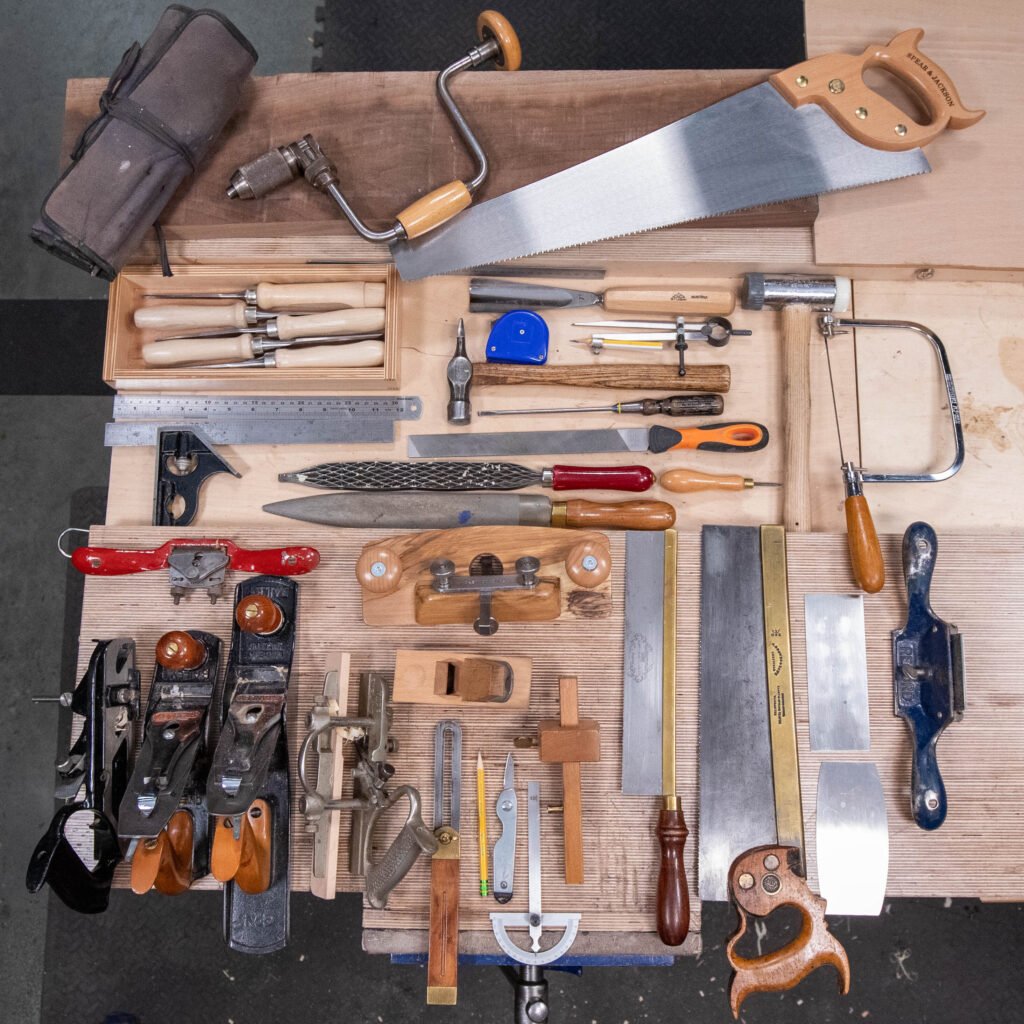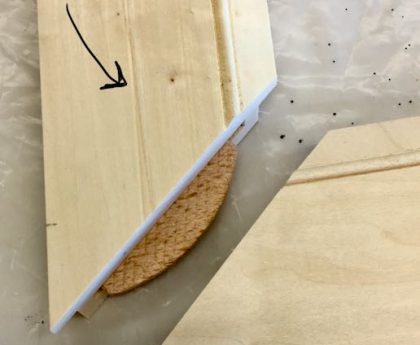. . . and you don’t need to spend too much either!
I have pulled this together to steer those who might think a £200 plane or saw or a set of chisels of similar cost is the only way to go or even the best way to go. But a little sweat-equity (investment of your own labour) might just give you more than financial savings as you get to know and thereby understand your newly acquired tools in an hour or so of minor or even major fettling at the bench when they arrive. The standard no frills #4 Stanley or Record bench plane is the best example. Stripping one down and derusting, adjusting and sharpening can be one of the greatest lessons and the reward is a plane that works as well if not better than any premiom version and a Clifton or Lie Nielsen #4 plane costs between £380––£440 here in the UK. A Veritas is £340 so none of them are low cost at all but perhaps tp some more preferential than a necessity. Another issue is the weight of these planes. Not good at all. Not a bonus value anyway.
Watch for the misinformation too: Here is a passage taken from one UK site ––”These planes are ready to use from the box and do not need hours of flattening and fettling to make them fit for use.” It usually takes me about 15 minutes to flatten a bad sole of a plane and the sides do not, NOT, need flattening and squaring to the sole, ever. Remember these are salespeople and not crafting artisans
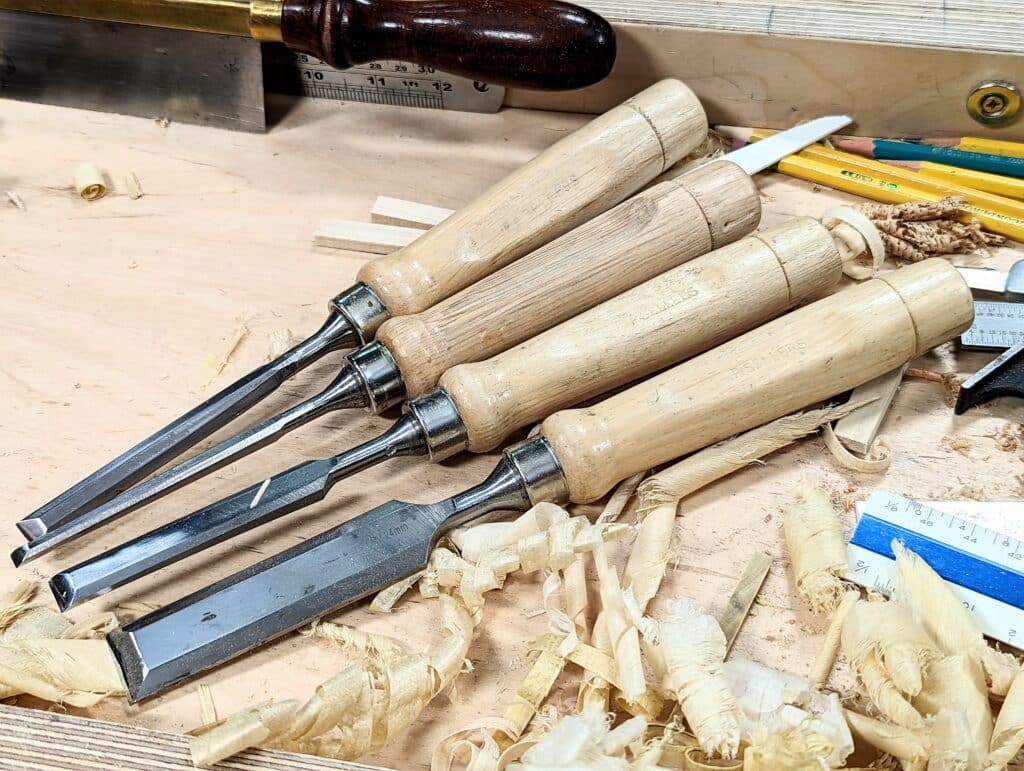
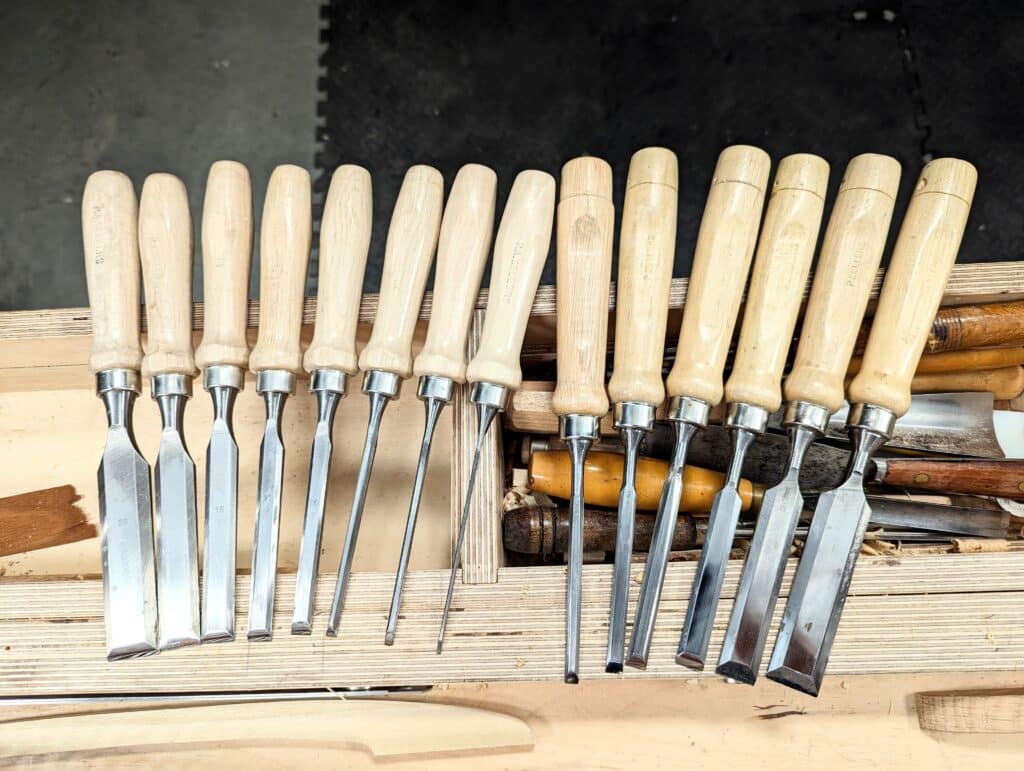
I think often about the price of tools and the perceptions people have about, “Well, you get what you pay for.” and, “Buy the very best you can afford.” I understand the precept and indeed grew up with the prevailing negative attitude when the birth of plastics and the exporting and importing of goods made then in Asia was emerging. What was produced in the 1950s and 1960s was extremely low-grade and low-quality goods of every kind and though such things do still exist, running parallel is also some of the finest of manufacturing too. In my day I recall buying a set of carving chisels as a young boy of 10 that refused to cut and buckled with every cut I made into the wood. I think those days seem mostly to have gone and that those early cheap goods paid for the developed Asia we know today where quality often equals or surpasses our present-day domestically made goods. The right and wrong of it I really don’t altogether know. I would like to think that some elements of making domestic goods can reestablish themselves. My router plane kit with the cutting irons made in Sheffield by an old and established company was our attempt to support tool makers here in the UK
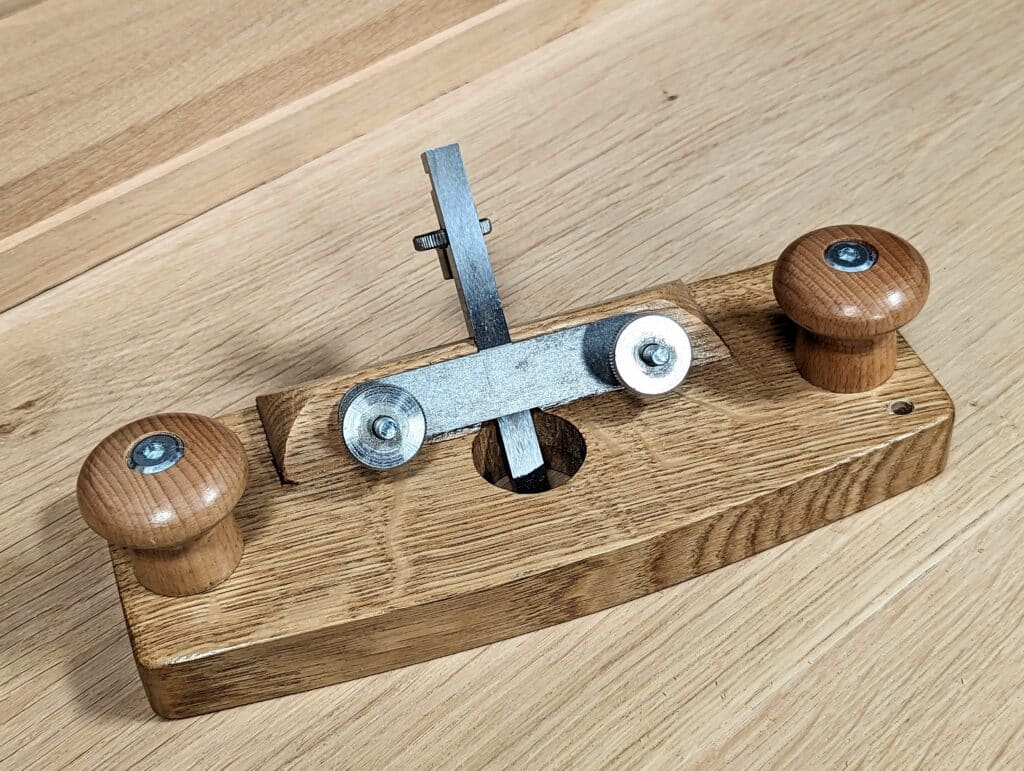
My last book, Essential Woodworking Hand Tools, is the same. We invested ourselves in it––crafted what we wanted into the pages in the same way we craft our woodworking projects to the best of our ability. The paper is specially made in Italy and the book itself, Smith sewn, hardback, cloth bound and full colour is published and printed about an hour’s drive from Oxford where I live and work.
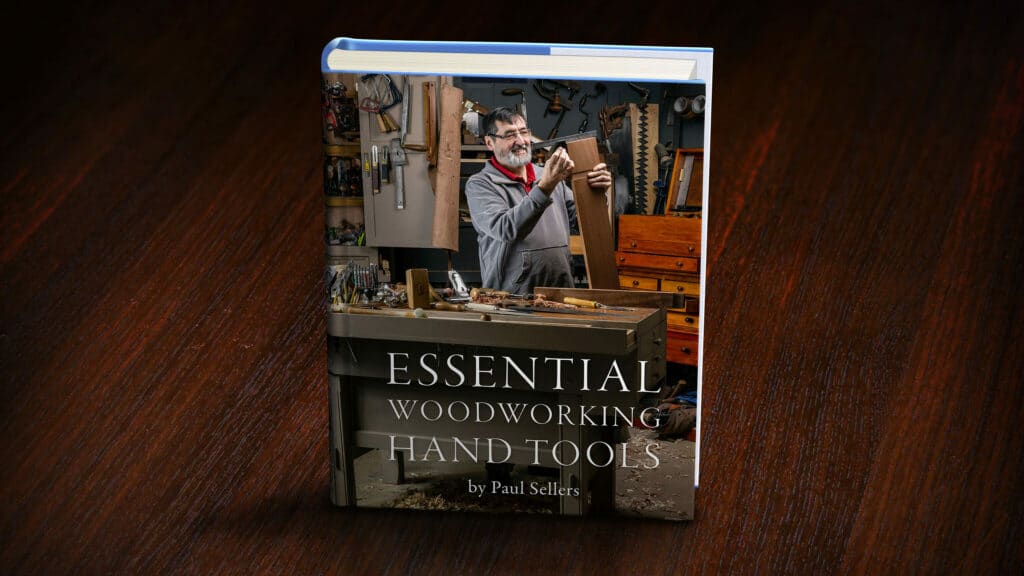
I’m often told that we should buy the best tools we can afford and that long term they will pay for themselves. Well, I might agree with that but often the prices become prohibitive for most woodworkers approaching the craft of hand-tool woodworking as beginners. Imagine spending £250 pounds on a hand plane when you don’t even know if you will like this way of working wood. The same goes for chisels costing £525 for a set of five. The two chisels I’ve seen snapped in two were both from premium makers yet my £2 chisels, the ones you’ve seen me use above for over a decade to date, have never snapped. We even installed them on the woodworking school workbenches and we still have them as full sets. The supplier, Aldi Supermarkets, stopped selling them a few years ago. The ones they sold then had hornbeam handles, the absolute supreme wood for chisel handles: unflinchingly solid, smooth to the hand and unsplittable. Once I determined that I really did like them and that they were durable, I tweaked them by removing the totally unnecessary and inappropriate steel end caps that did absolutely nothing but cheapen the look of them and reshaped the handles in a very minor way to take out the step from the hoop. As it is with all good things Aldi, they stopped selling them after a few years. So I have been trialling MHG chisels in the sets sold and my findings and experience have been positively good. I am never too sure why makers insist on making chisels with bulbous handles or from ash and then calling them premium when in actuality both are more a downgrade from the longer, more slender handle form and the ash is not as good a wood choice as hornbeam. That out of the way, the MHG six-chisel set with the less polished surfaces (still great in the hand) is very comfortable to handle and the hornbeam handles provide for a truly well-balanced lifetime chisel all around. As I said, if I had a choice, all chisel handles would be made from hornbeam. The set I recommend anyone can enjoy is the set of six but I then add in their 2mm and 4mm chisels to increase the flexibility with narrower chisels often helpful and used in joinery and other woodworking like inlay work. The six-set costs €74 so around €12 per chisel and this is excellent value for money if you consider them to be a lifetime tool. Here is the link to the ones I have been using in recent years. Look around their site for the added sizes you might need to complement your set. That said, you can buy the commonest sizes individually and so customise your set according to preference. Most of us got by with four chisel sizes for decades. 1/4″, 1/2″, 3/4″ and 1″. £50 is a lot easier on the opening costs and they are still lifetime tools, no question.
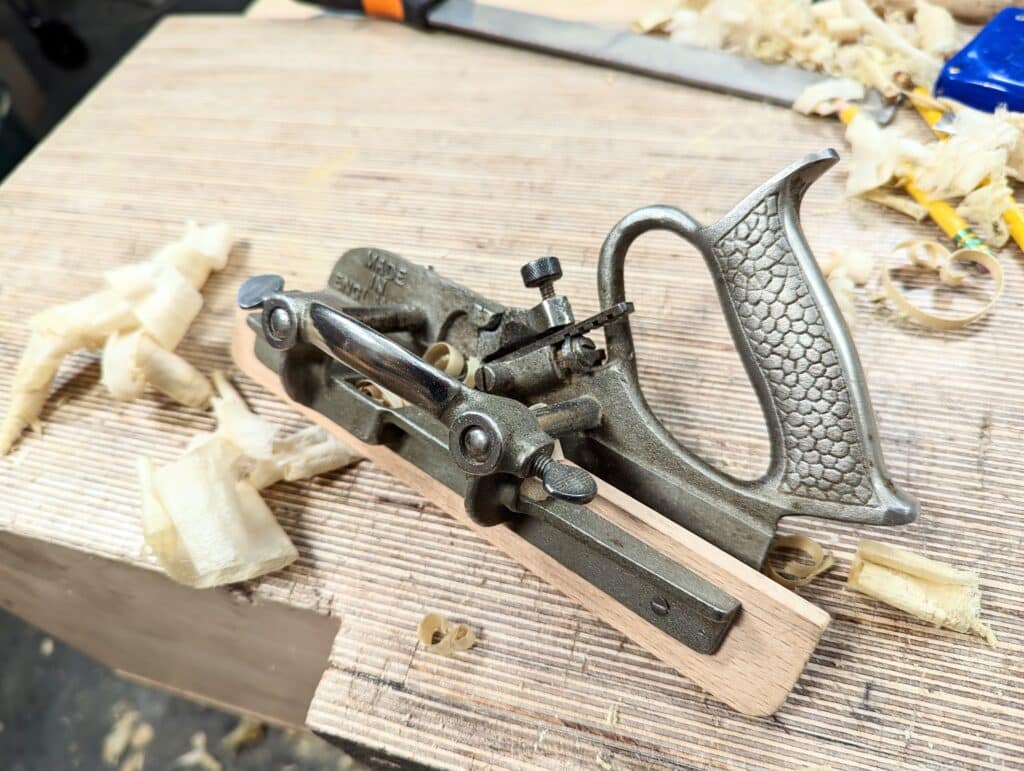
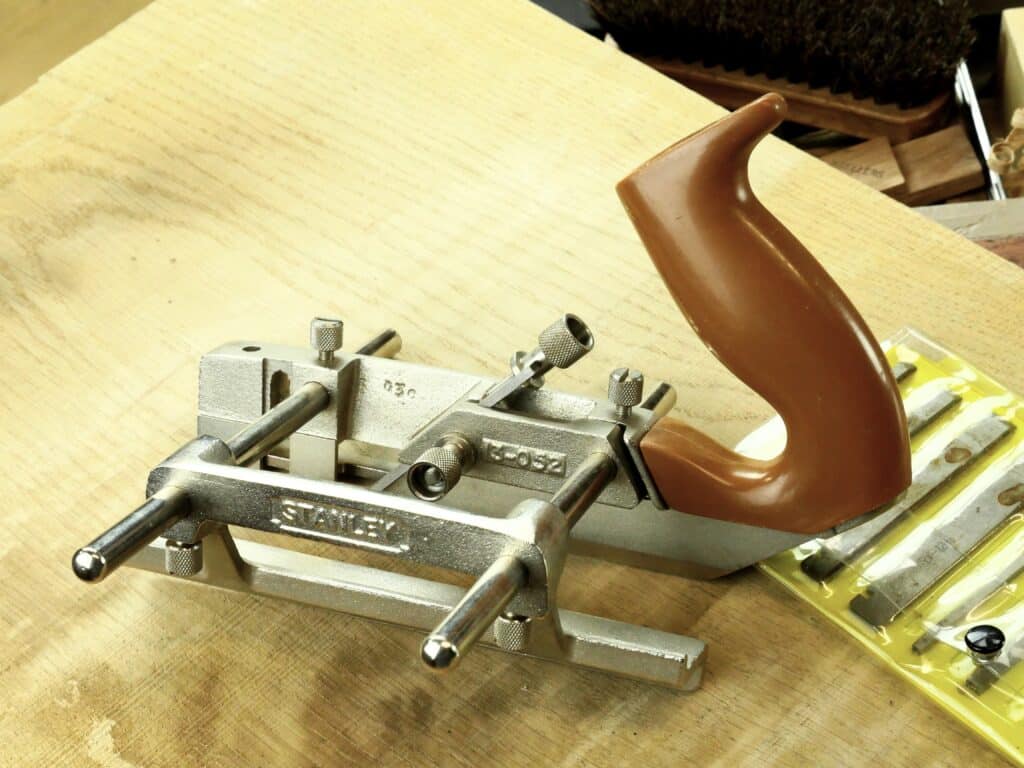
Well, anyway, I ploughed a groove in some wood for my drawers and made a very short 30-second video on my phone so that I could encourage others to at least consider a plough plane for some of their work. It was favourably received by a few thousand people (actually 150,000) but for one “professional with 40 years in the trade” deciding to confront me by telling me, “It takes 3 seconds with a power router.” Now my set-up costs me the plough plane at a cost of £10 many decades ago and that can still be had for around £30 with judicious shopping online via eBay, so I am glad for that. Anyway, after a few exchanges trying to help him understand that we weren’t likely to need 10,000 linear feet of grooved wood, I gave up and just ploughed on making grooves in my four sticks for my drawer bottom. To read more on the plough planes, our common woodworking site handles the questions you might not be able to ask and get an answer to.

You’ve watched me through many a dozen if not hundreds of videos reach for a certain saw to cut my shoulder lines and dovetails with. I have three other saws hanging there that are probably worth a few hundred pounds, maybe £500 for the three. They’re old, at least a hundred-plus years old, made by R Groves, my other favourites actually, and that’s why they are so high in value. These are all brass-backed saws and so used mainly for joinery. I have many other saws and the ones comparable in length costing about £120 from so-called premium makers and then some on up from there but these saws remain boxed up. I never use them because my gents saw that cost me under £15 when I bought it still does everything I need but with the most direct punchiness, I love. These others have lovely handles and pristine teeth. Why do I not use them? The handles are the wrong size, too big, too small, not the right angle to the long axis of the saw, the wrong shape and the teeth are just too fine meaning they take forever to cut. The saw I reach for is my Crown 10″ gent’s saw with 17 TPI (definitely do not go for anything with 20 TPI for dovetailing and general joinery no matter what the seller tells you). I have owned mine forever and it’s as good today as it was when I first bought it decades ago. It’s resharpenable, a must for any crafting artisan. Usually, they sell for around £25 but £30 is not too much to pay. Once you’ve bought it, go to my video on sharpening a gents saw. You will need this for the upcoming years.
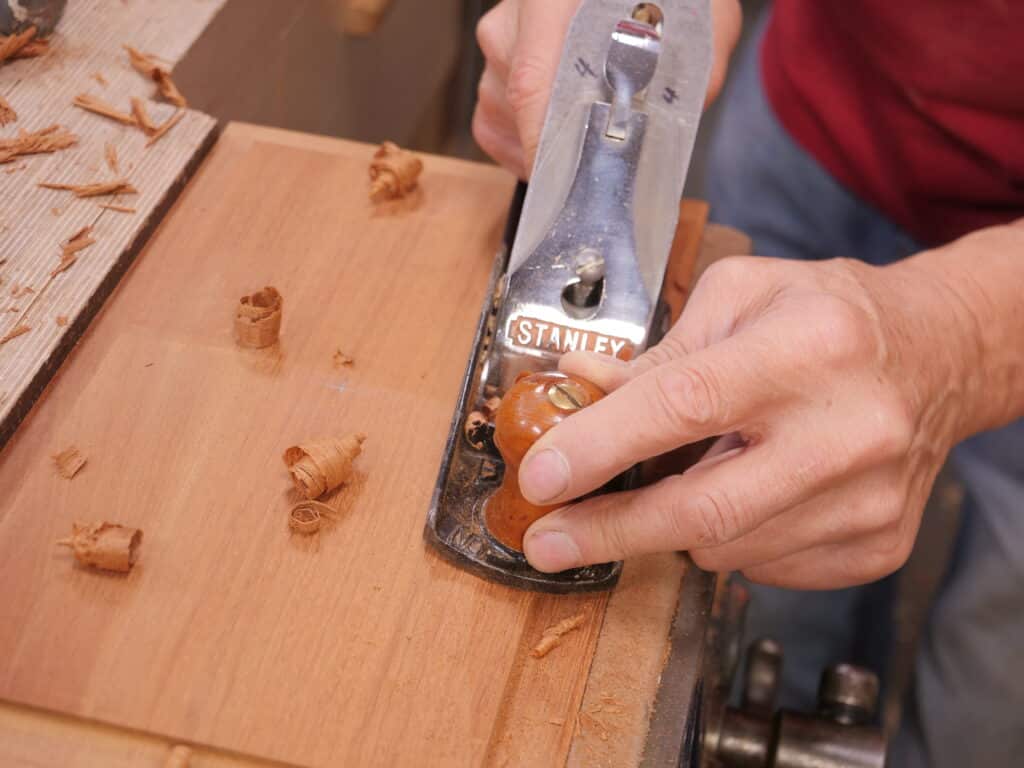
My No. 1 user bench plane is my #4 Stanley. It’s well-proven itself flawlessly as my most faithful smoothing plane followed on quickly by my #5 Stanley jack plane in its longer length. I’ve used them both with no issues for 58 years to date and never had a single issue with either of these or the many a dozen others I have used through three decades of teaching and training and passing them along to others. My two workhorses work interchangeably and for different reasons, work types, etc. I can do everything in planing with a #4, no question. Most of my planes I have picked up for between £10-25 apiece. Here in the UK, they are undervalued, underappreciated and plentiful via sales platforms like eBay. I look for older versions secondhand and not new ones. It’s my belief that you will learn far more and much more quickly about bench planes from buying a secondhand one than you ever will from buying one ready to go in the box. I have covered this too and many videos on our commonwoodworking.com site and then this blog (use the search box top right) and woodworkingmasterclasses.com platform. I think you will be surprised how much work we have done through the years. Oh, and I still find Stanleys for an occasional tenner (£10) in need of TLC but still well worth it.
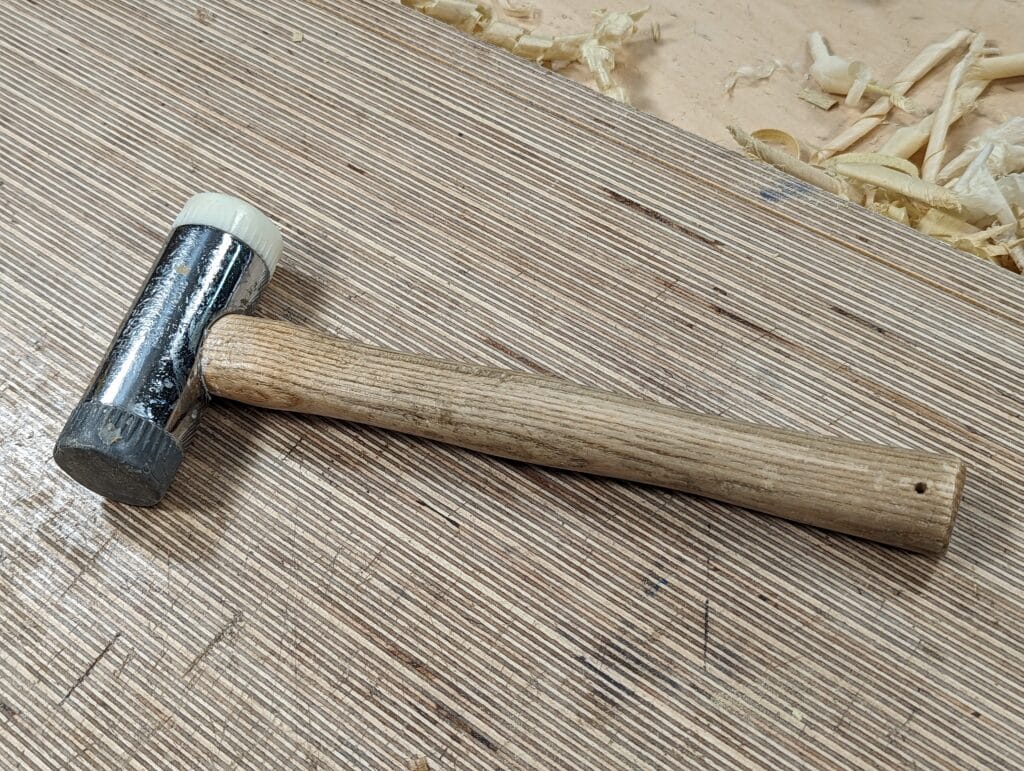
My chisel hammer has set the precedent in malleting work to virtually replace the wooden mallet altogether. For me this tool is unparalleled. It delivers precision along with a direct power a mallet just cannot deliver. Again we are talking under £20 for a very powerful tool. This is the Thor Thorex 712 38mm dia. The best place to get them is eBay it looks like but I would avoid the nylon handle version as the wooden ash one is more comfortable in the hand. We developed a fuller explanation about this hammer and understanding exactly what the centre of percussion is with regards to chisel hammers. In some cultures it’s a no-no to use a steel hammer on a wooden chisel hammer whereas in others they always use a steel hammer to deliver the hammer work. Read me here for a fuller breakdown.
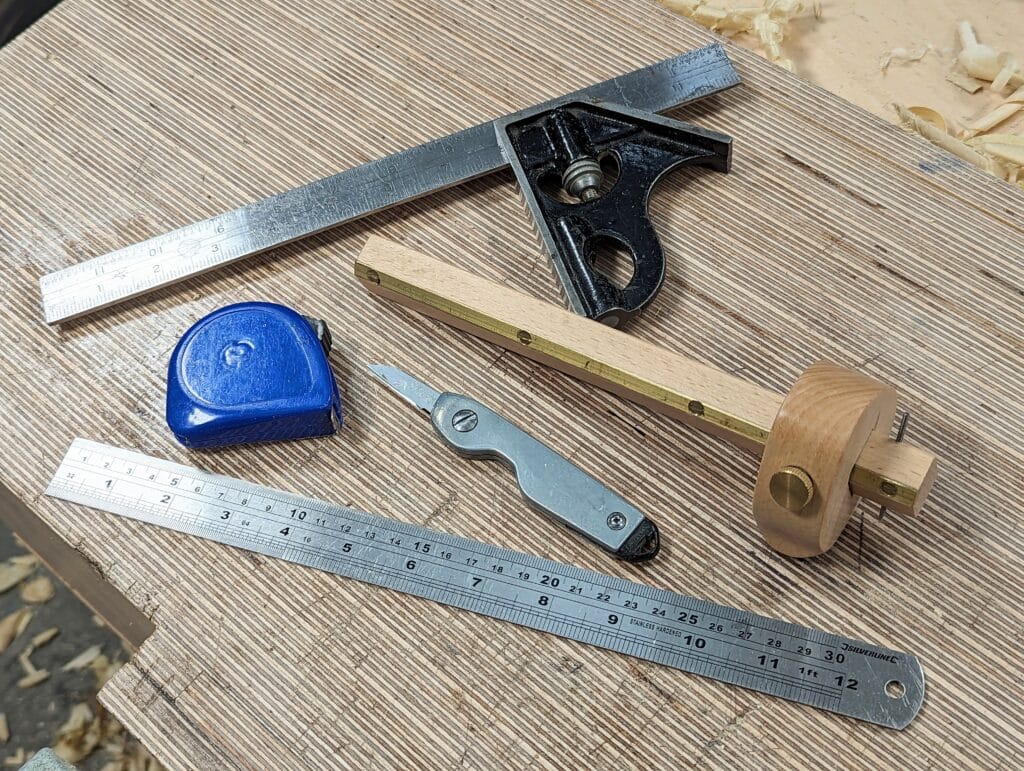
These are the layout tools I mostly used on my latest project the chest of drawers. You can see that apart from the combination square they are inexpensive versions. The £7 Stanley pocket knife, which I resharpen the throwaway blade of for a year or two, is still unsurpassed for creating pristine knifewalls. We put together more information on this specific knife here to learn from. The marking gauge is one of the ones I made and the tape is accurate though it only costs £3.50 and I must have had ten years or more now. I have also used a mortise gauge but forgot to include it in this picture but is in the top one is one I usually buy secondhand because you can get a really decent boxwood or beech version for around £10-15 a pop and you will need a couple of them after a while to avoid resetting a distance you might need to repeat. This blog post from last year will help you in your search and here again in 2017 on common woodworking too.
At the end of the day, We heavily invested in establishing commonwoodworking.com as a free resource tthat’s designed to encapsulate what woodworkers searching for hand skills really need to get seriously started with hand tools. We’ve cut through the frou frou of sales outlets who generally copy and paste from each other and suppliers but rarely if ever actually use the tools except, well, to make money.
